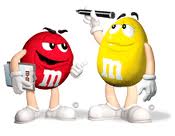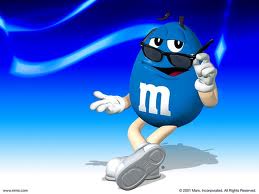Discussion of The Study

Weaknesses:
While conducting the study, we determined several weaknesses to the study that may have influenced the data. First, the Mars Company may have changed the M&M proportions from the last time they were published. If so, our predicted proportions for each color would have been incorrect, causing the inference statistics to be invalid. Furthermore, the M&Ms were purchased from the same store but from two different boxes. Consequently, the packaging machine at the factory may have been on a run for a certain color, making the actual proportion appear more than the true proportion. A store would most likely order all the boxes of M&Ms together, so that they could also have similar proportions that are different from the true proportion. A packaging machine could have been malfunctioning or in need of calibration during the time that the purchased bags were being filled, this would change the proportion in the bags from the true proportion.

